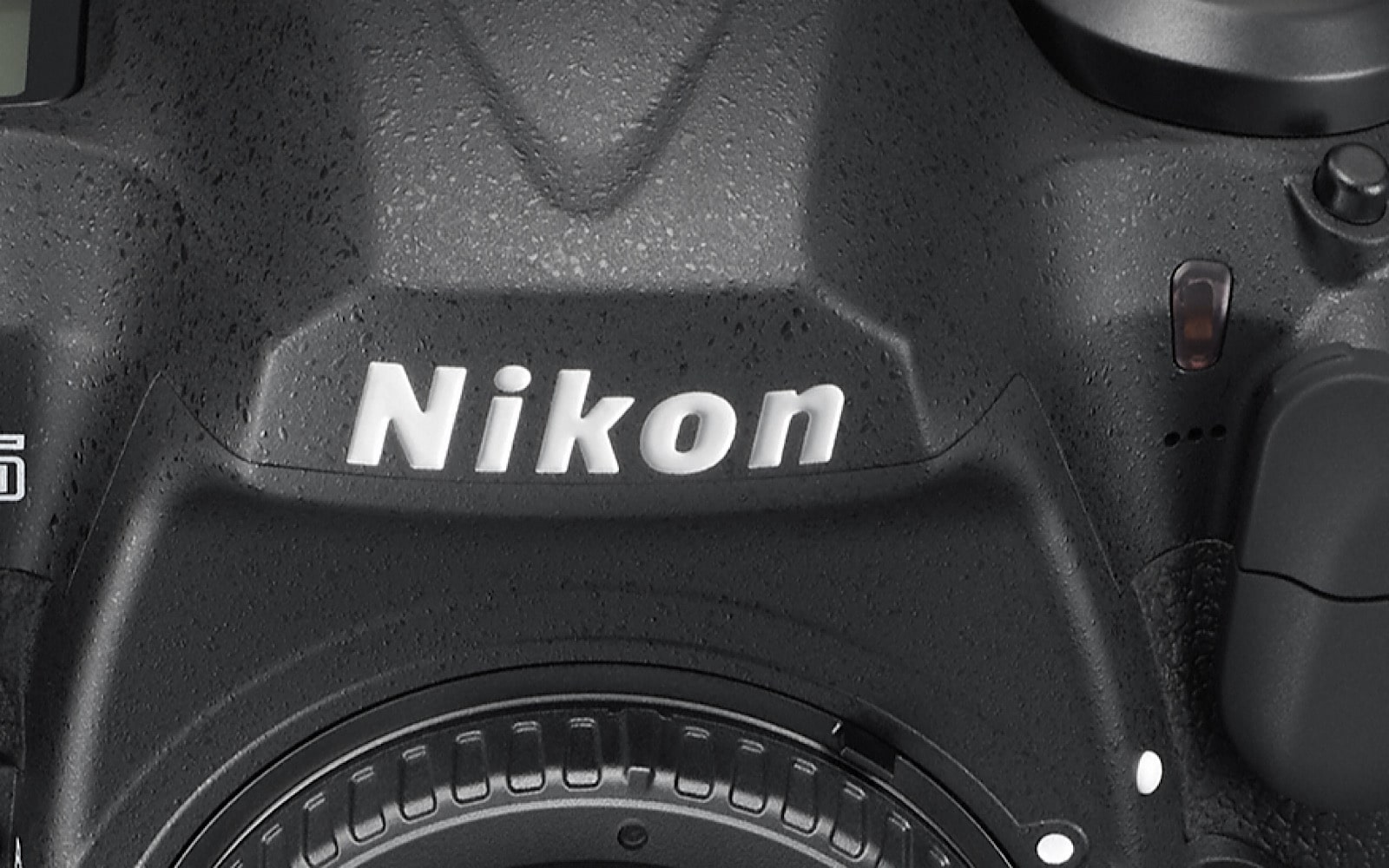It’s been a good three years since Nikon released its big digital SLR, but it seems a follow-up is on the cards.
Even though Nikon has joined the mirrorless club with its Z series, cameras built from a single-lens reflex system are still very much part of what it produces, with many a model.
Though Nikon doesn’t make film-based SLR cameras anymore, its range is divided between compacts, DSLRs, and mirrorless, with the bulk of products sitting in that middle one. The single-lens reflex mirror mechanism sits at heart of many of its products, and its big cameras still rely on it.
Its big cameras are also big for a different reason: they’re typically filled with the sort of technology that makes cutting edge cameras ideal for sports photographers, photo journalists, and even trips to outer space courtesy of NASA. They’re big, sturdy, and come with some of the fastest frame rates and battery life, allowing them to keep going.
NIkon’s big cameras tend to compete against big cameras from Canon, and they both generally hold flagship positions for quite some time.
However camera developments have been coming thick and fast lately, and between the low-light capabilities on offer from Sony’s full-frame mirrorless cameras, plus the 6K capture mode just added to Panasonic’s S1H full-frame mirrorless camera, it’s pretty easy to see Nikon has a fight to make a flagship that can stand the test of time.
It’s working on one, though, with the company this week announcing that the D6 DSLR is in development, and this year being the 20th anniversary of Nikon’s “D” series of big flagship cameras.
Unfortunately, there’s no word on what the D6 will feature, except for the company saying that it will be “its most advanced digital SLR to date”.
And it will need to be, because while Nikon can keep people on its system because the lenses are different across camera bodies, that reasoning will only hold for so long. Mirrorless cameras like the Sony models can be equipped with a conversion adaptor to convert Nikon lenses over, making them work with cameras not made by Nikon.
That means keeping people within a camera system can be a little more difficult if the company doesn’t keep releasing high-end hardware to keep up.
Hopefully, we’ll hear more about what Nikon is doing to keep up by the end of the year, because while professionals might not be tempted from their current gear, depending on what comes out before Nikon’s D6 hits, they just might.






